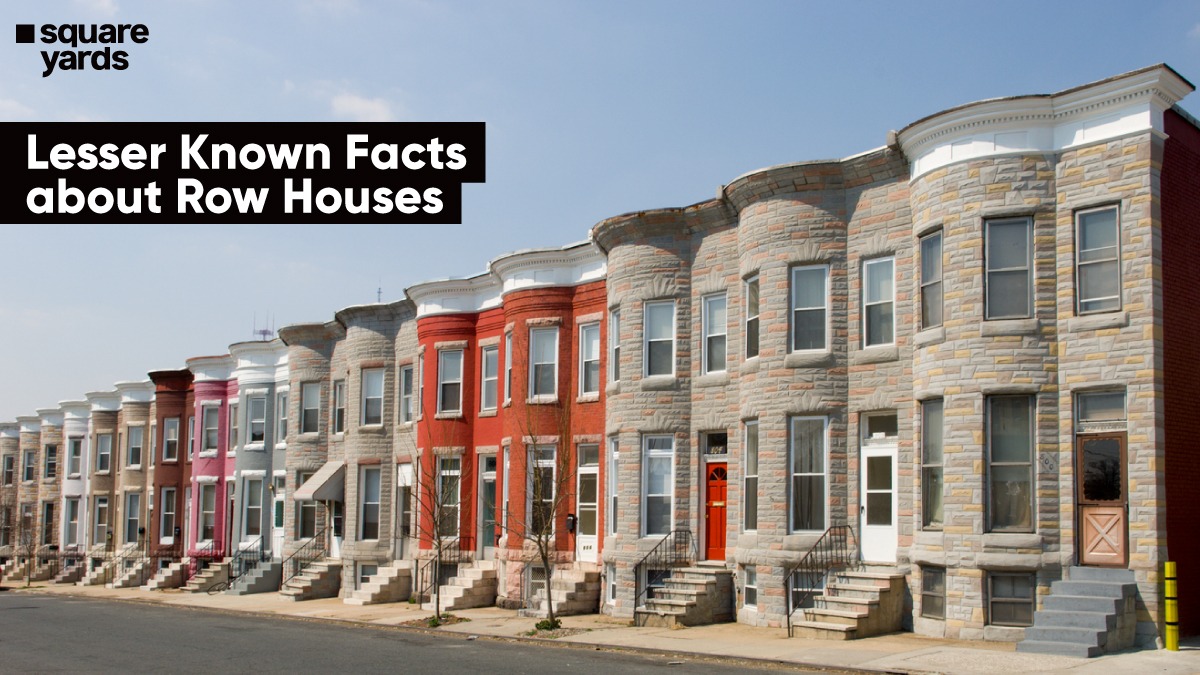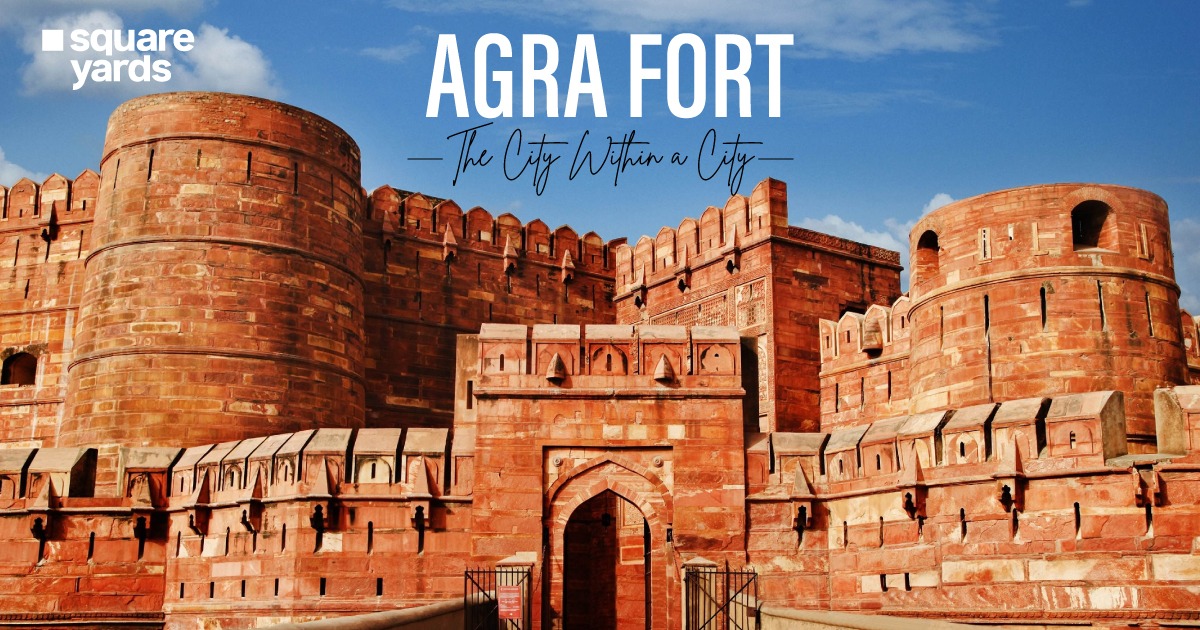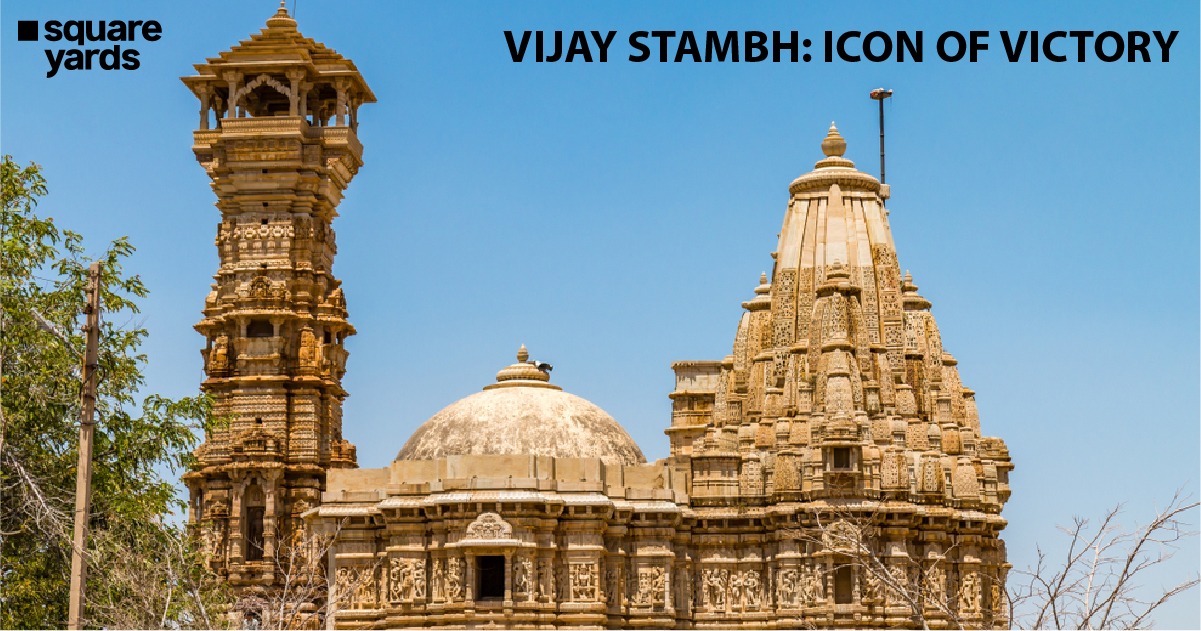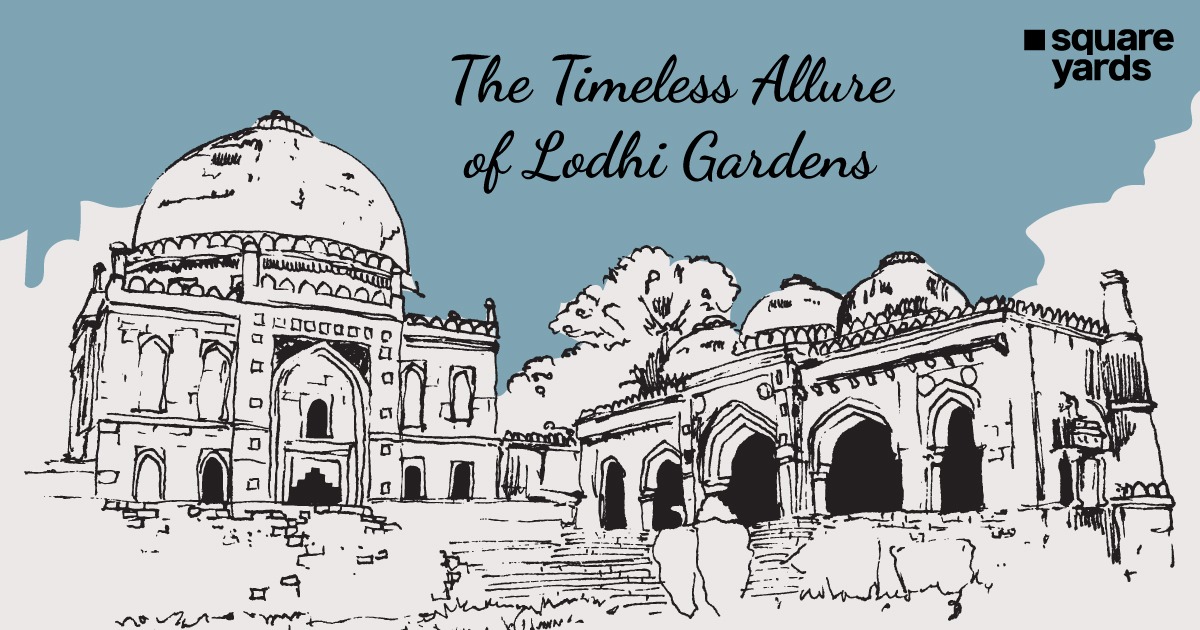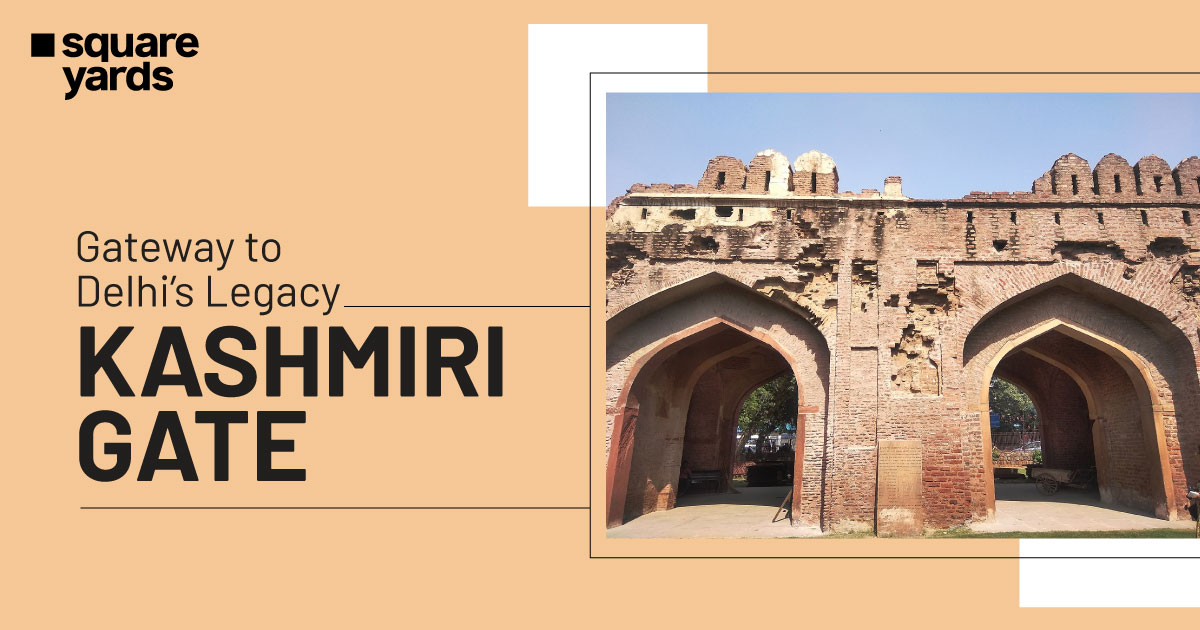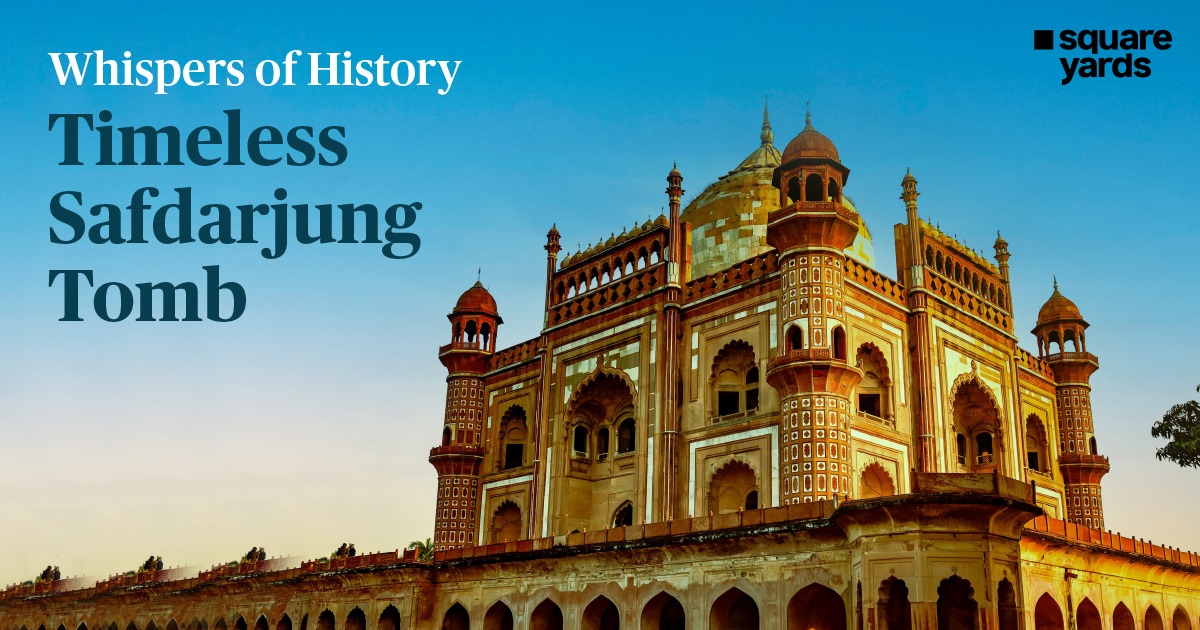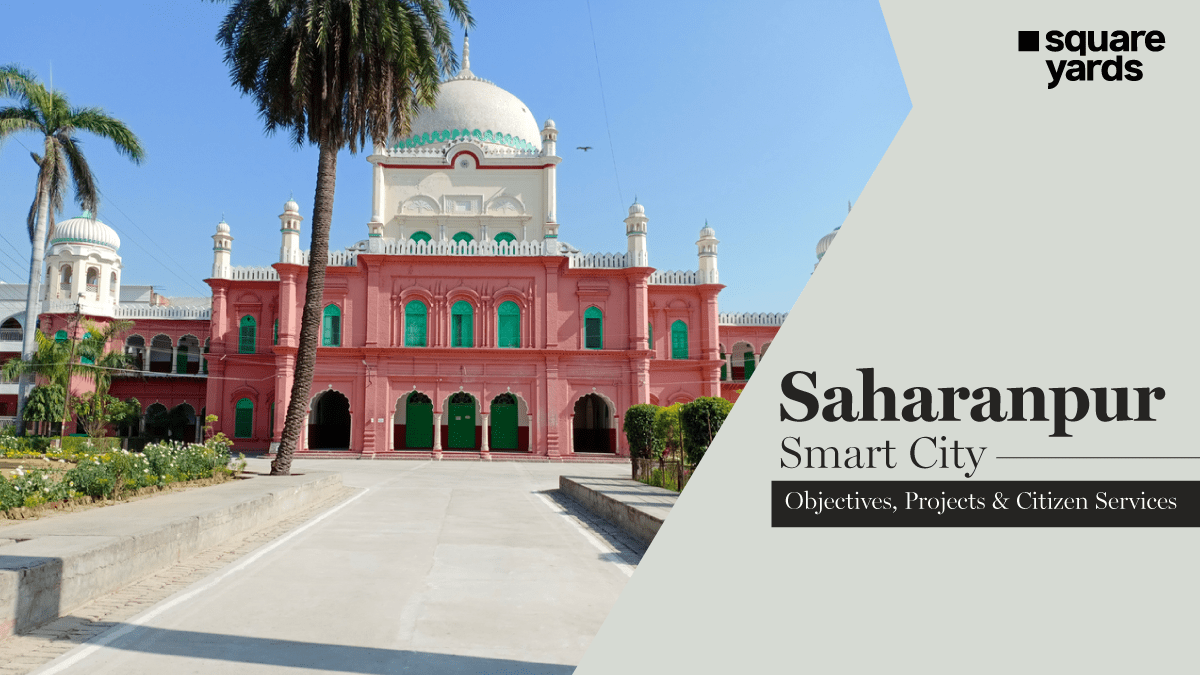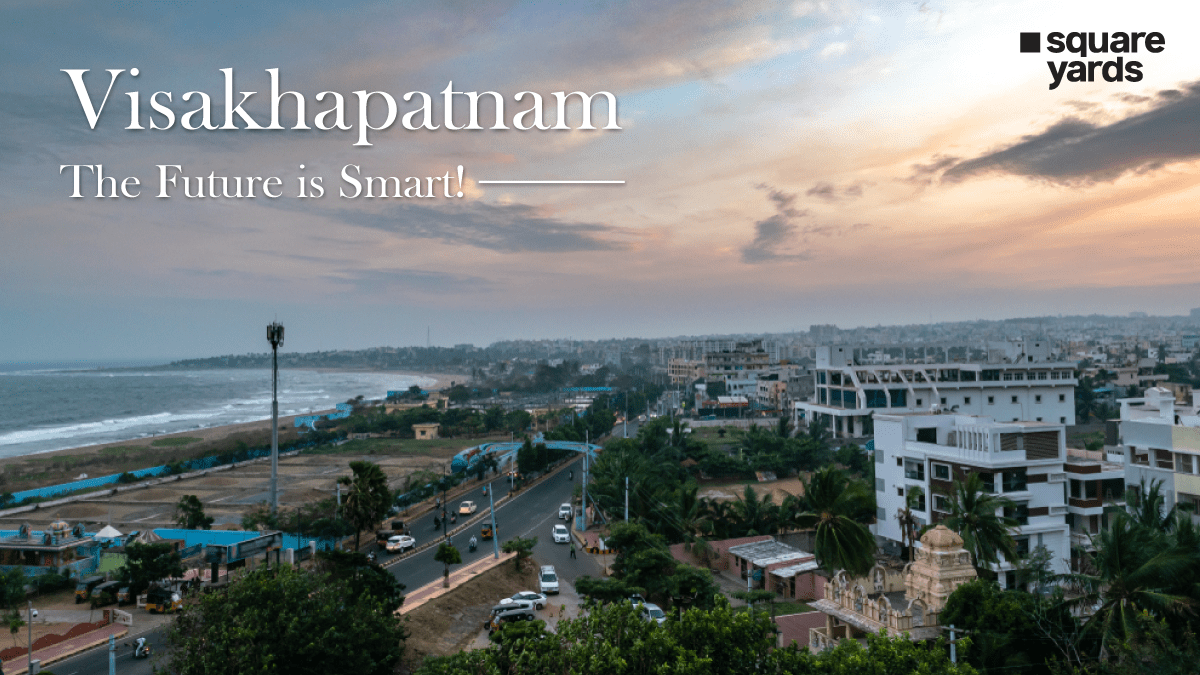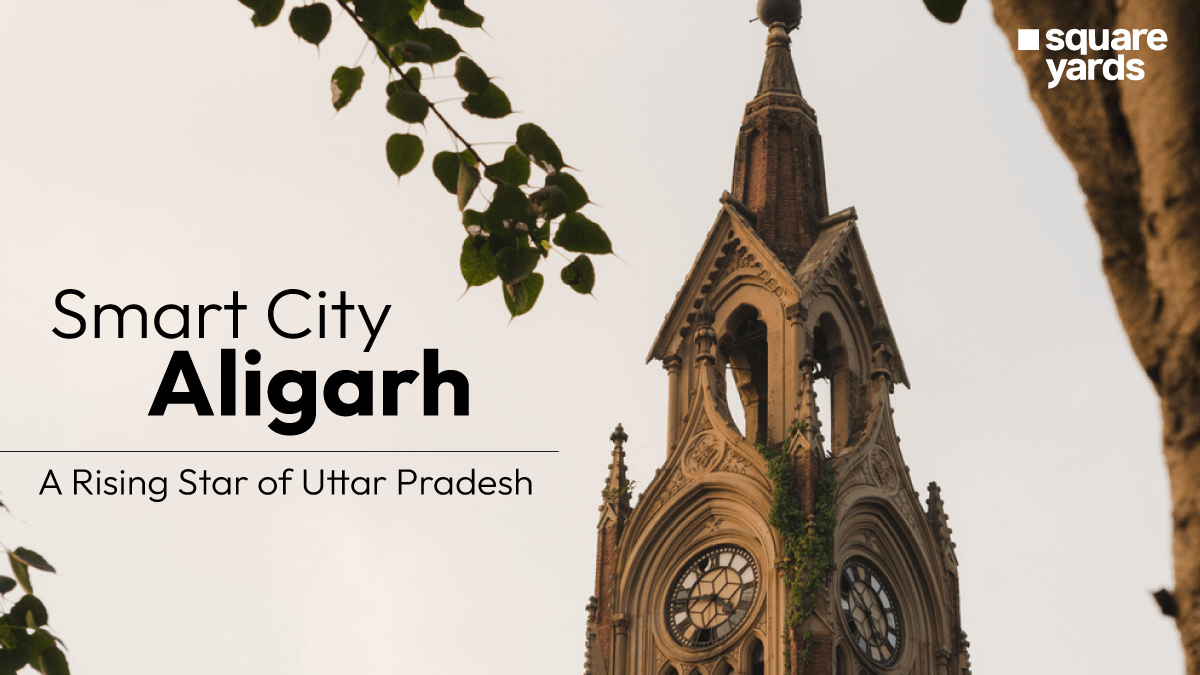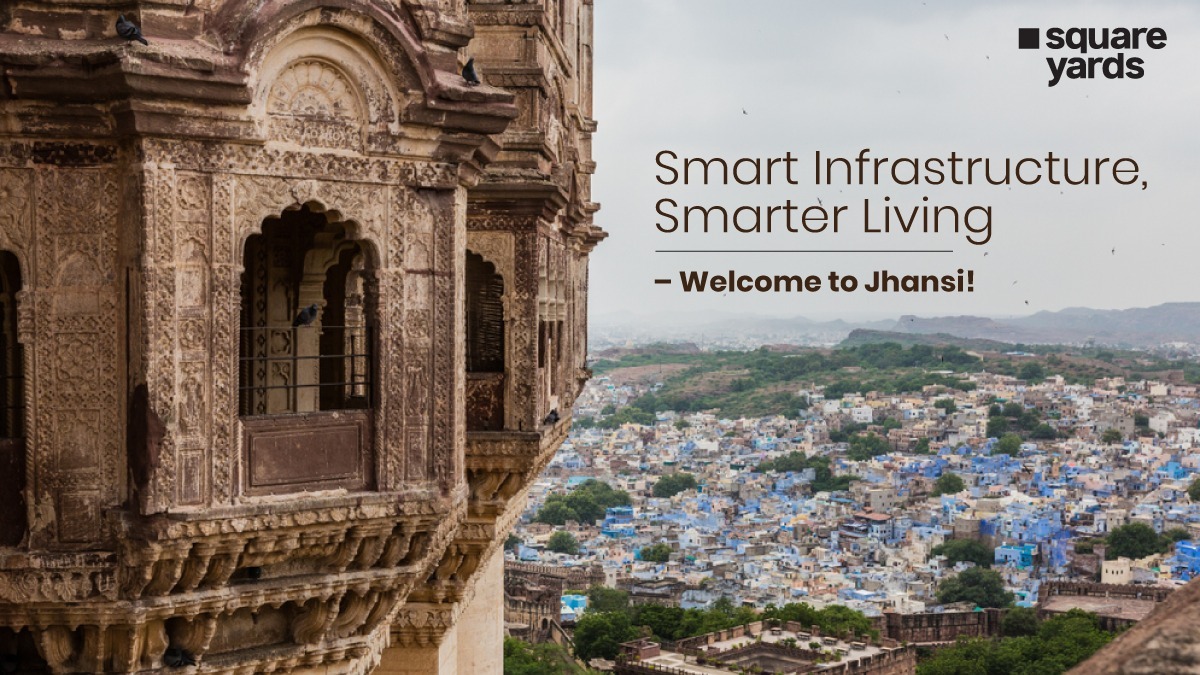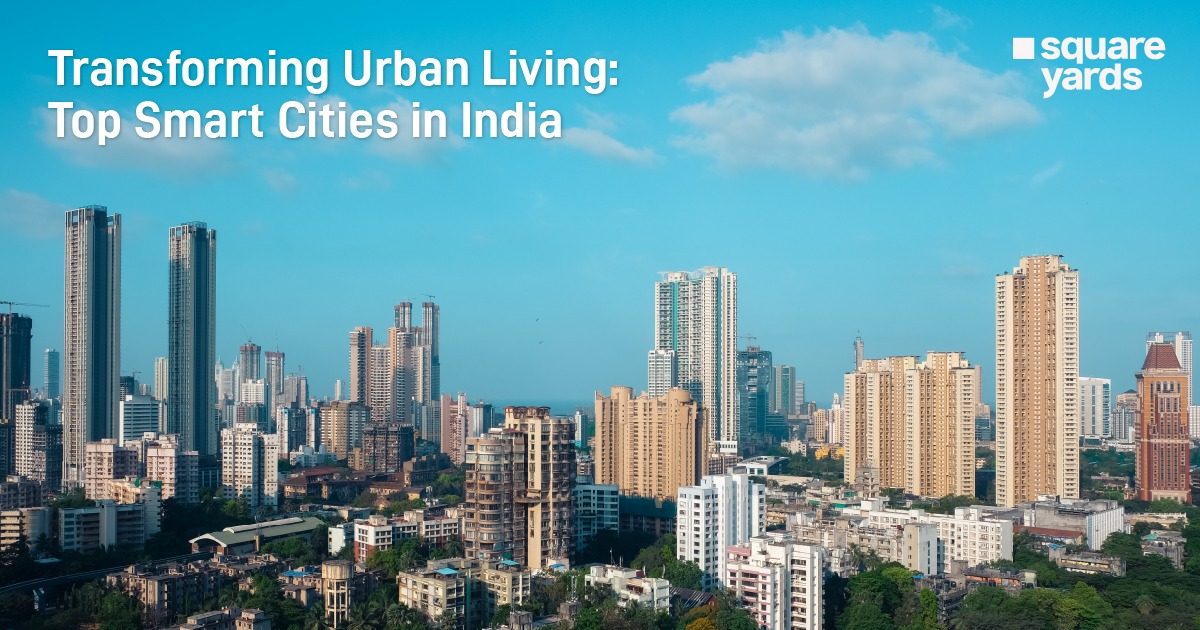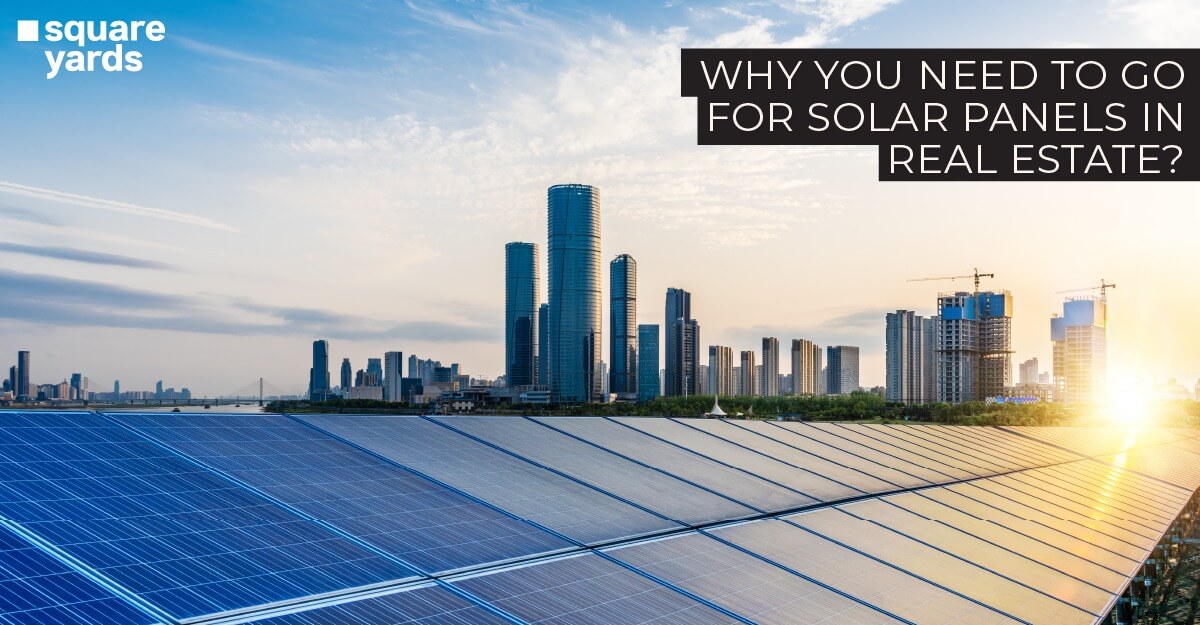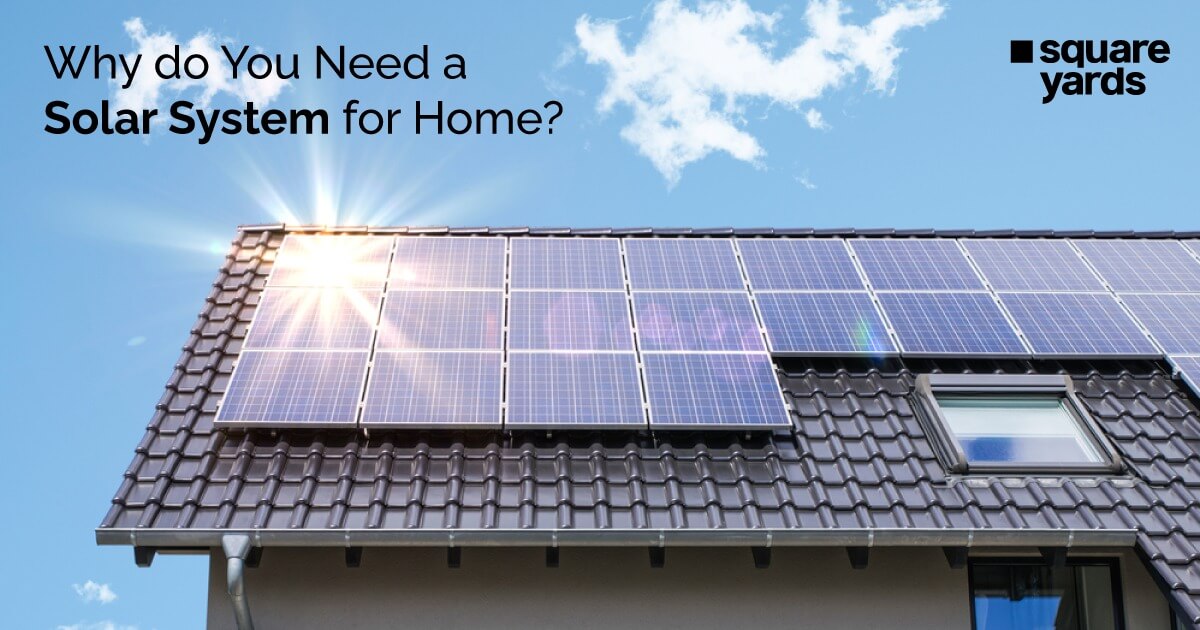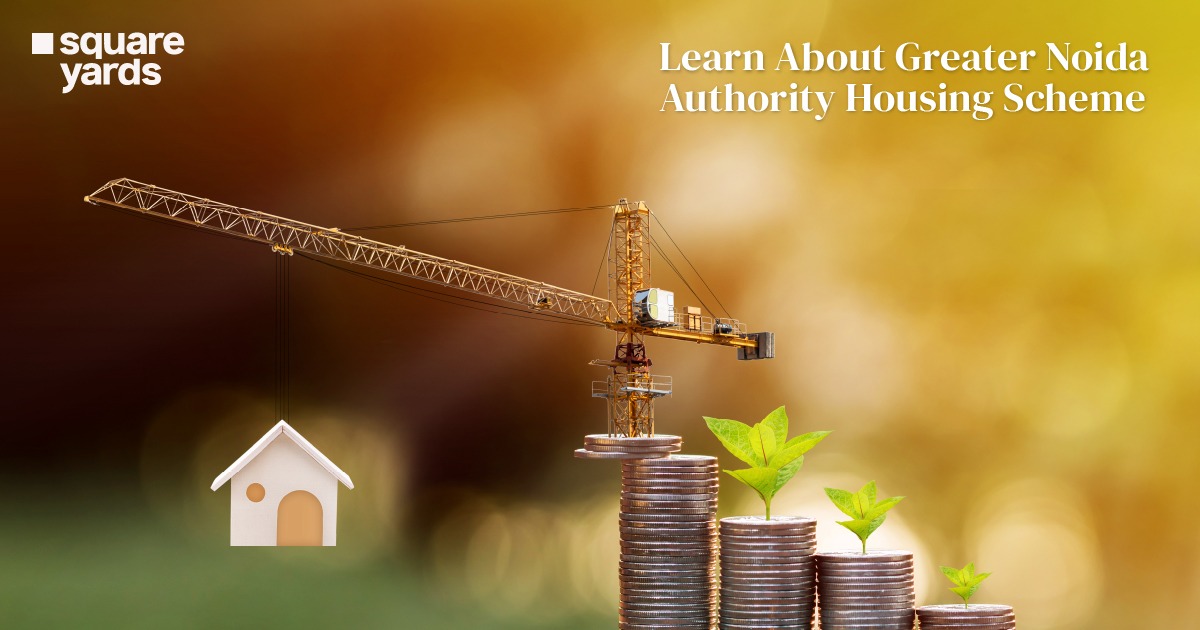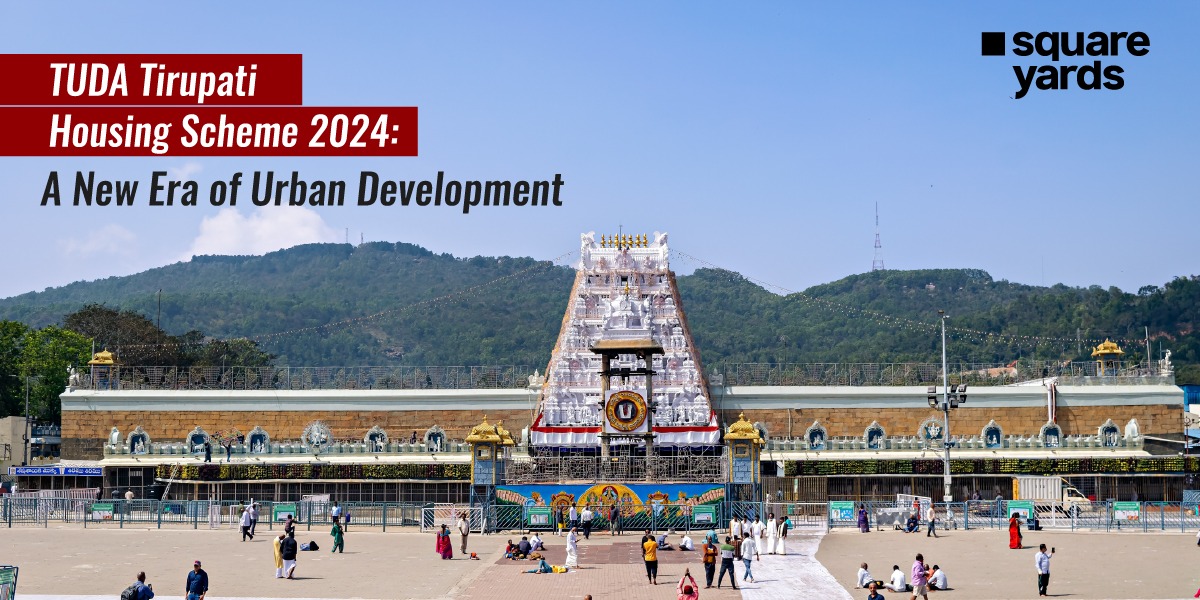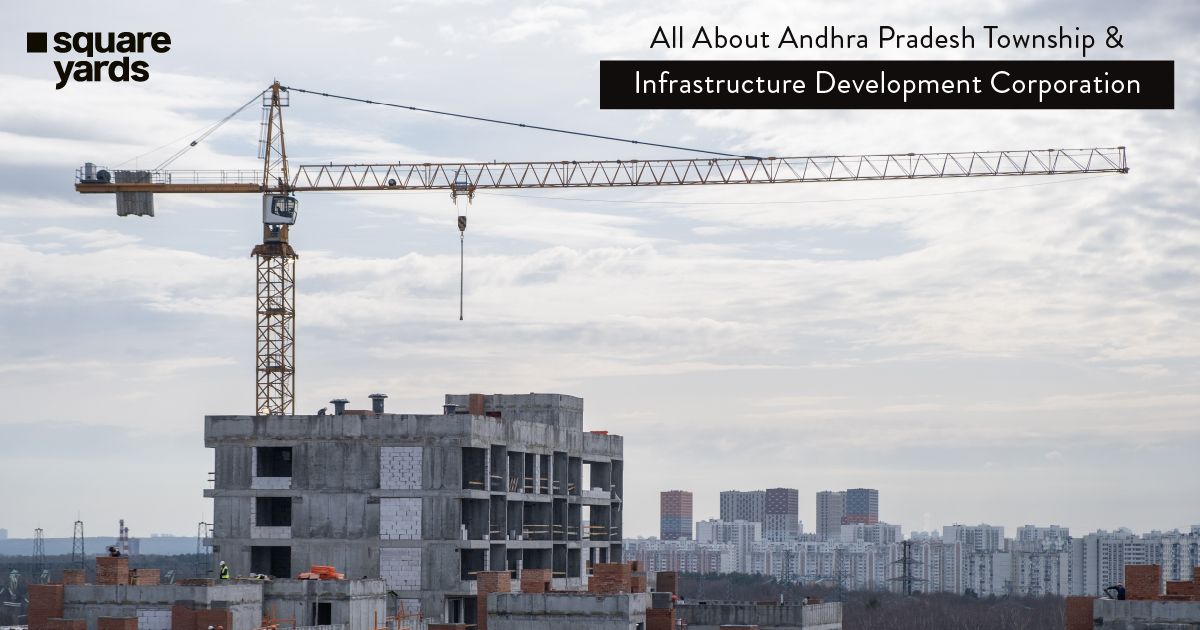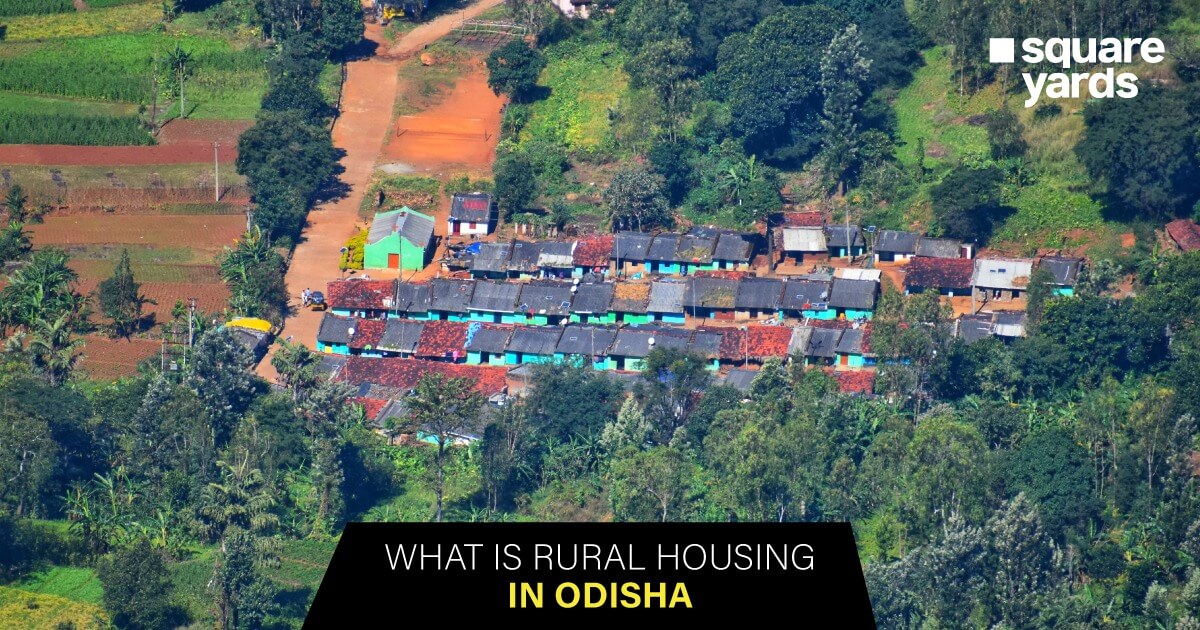While living in a stuffed apartment can be as suffocating, most people find peace in Row houses. Due to the confinement of spaces across all major cities of India, and significantly increasing property prices, it has become challenging to build your own house. Row houses integrate the concepts of communal living with spacious, ventilated areas of your own, and they are quickly emerging in many Indian towns and suburbs, with a substantial percentage of the population choosing this new standard. With a wide range from affordable to luxurious, row bungalows have surely become the most popular urban trend. Continue reading to learn about the benefits and recent pricing of row houses in India.
Table of contents
- What is a Row House?
- Origin of Row House
- Benefits of Staying in a Row House
- What is the Difference Between Row Houses, Bungalows and Apartments?
- What is the Difference Between a Row House and a Villa?
- What is the Difference Between a Row house and a Townhouse?
- Why are Row Houses Different from Other Types of Homes?
- Row Houses in India
- Pricing of Row Houses in India
- FAQ’s about Row House
What is a Row House?
Specifically designed for a single family, a row home is a sort of townhouse that shares a wall with the other apartments. A row house has an aesthetically pleasing design and a generally uniform architectural foundation, yet each unit has a unique façade. As the name implies, the homes are stacked in a row instead of townhouses, which have different structures. These are more affordable options that are naturally designed to suit a range of interests and budgets.
Origin of Row House
In the 16th century, row houses first emerged in Belgium and the Netherlands. Bungalow row houses give an exquisite sense of symmetry. They are a particularly outstanding example of this housing construction for urban planning, inspiring Haussmann’s redevelopment of Paris in the 19th century and establishing the case for urban row houses around the globe.
In India, row houses were introduced by legendary architect Charles-Édouard Jeanneret, better recognized as Le Corbusier, during his creation of the master plan for Chandigarh between 1951-56. In a country with major skyscrapers and bungalows, the idea of a row house is still in a budding state.
Benefits of Staying in a Row House
The benefits of row houses are listed below:
- Suitable for All Kinds of Families
No matter if you are living in a joint family, single unit family or a family with pets, row houses definitely cater to any kind of family in need.
- Spacious and Aesthetically Amusing Architecture
A decent, healthy, urban lifestyle, which is a rare commodity in today’s fast-paced world, is facilitated by the homogeneous, aesthetically pleasing quality of row house bungalows along with its spaciousness.
- Value for Money
As row houses are built together, it cuts down the overall construction cost more than any apartment building or complex.
- Shared Facade / Community Living
While row houses share a similar facade, they also promote the idea of communal living, which is very rare in recent years.
- Sustainability
As the construction cost meltdown to some extent, row houses focus on gaining sustainability. Most row houses offer rainwater harvesting and solar power to their residents.
- Privacy and Individuality
Although row houses may look identical, they surely provide uncompromising privacy and utmost individuality. Row houses have evolved into a symbol of the individualistic manifestation of living, with a variety of architectural colours, suspended landscaping, and vibrant doors and windows.
- Better UDS
Row houses offer better UDS (Undivided Share of Land) than any traditional apartment. If a row house is constructed on a single piece of land, the UDS in a row house is significantly greater. When it comes to land price appreciation, the property benefits greatly because the two are tightly associated as opposed to an apartment of equal worth.
What is the Difference Between Row Houses, Bungalows and Apartments?
The difference between row houses, bungalows and apartments are mentioned below:
| Criterions | Apartments | Bungalows | Row Houses |
| Area of Land | Apartments are mostly space-conscious, which makes them congested and identical | Bungalows are generally built on independent land, mostly ancestral land, and focus on individuality | Row houses offer more space than apartments but still manage to be less expensive than bungalows |
| Pricing | Apartments are mostly cheaper than bungalows and row houses | Bungalows are absolutely luxurious and mostly on the expensive side | Row houses are generally affordable, but vary according to the location |
| Maintenance | Apartments are maintained by the society or maybe any third-party organization | Bungalows are maintained by their owner and other association | Row houses are the definite responsibility of their owner in regard to their maintenance |
| UDS Shared | Lowest among these three | Bungalow owners enjoy higher UDS | Row house owner receives a hefty amount of UDS |
| Location | Apartments are available in large numbers in the middle of any city | Bungalows are very rare in the mainland of a city | Row houses are constructed on the outskirts of a big city |
Don’t miss It!
| Types of Houses | Know about Types of Houses |
| Ghar Ka Naksha | Complete Info about Ghar ka Naksha |
| Cabin House | What is a Cabin House? |
| Open House | What is a Open House? |
| A-Frame House | What is A-Frame House? |
| Narrow House | What is a Narrow House? |
| Duplex House | What is a Duplex House? |
| Condominium | What is a Condominium? |
| Penthouse | What is a Penthouse Meaning? |
| Kutcha House | What is a Kutcha House? |
What is the Difference Between a Row House and a Villa?
Row houses are a group of residences constructed side by side, maintaining uniformity and connected by common walls.
Bungalows featuring distinctive designs are referred to as Villas.
What is the Difference Between a Row house and a Townhouse?
Sometimes, the phrases “townhouse” and “row house” are used alternatively. The main distinction is that whereas a row home typically has the same architectural design, a townhouse is not required to be built that way. Typically, row houses are less expensive than townhouses.
Why are Row Houses Different from Other Types of Homes?
A few remarkable points differentiate row houses and other types of homes.
- All row houses share identical architectural designs.
- Row houses are made for single-family units and stacked one on the other.
- Owners of row houses receive larger UDS than apartments or bungalow houses.
- Row houses provide more open breathing spaces than other residential structures.
- Row houses comprise at least three residential units organised in a row.
Row Houses in India
Due to the limited availability of land in large cities, row house complexes are typically found in outlying or developing districts. This enables developers to sell these opulent residences for a fair price. However, the row home concept exists in both Tier 1 cities and smaller cities. It’s interesting to note how well some smaller markets, such as Thiruvananthapuram, Kochi, Nashik, and Gwalior, do in terms of sales.
Pricing of Row Houses in India
Pricing of row houses in different cities across India are listed below:
| City | Minimum Price | Maximum Price |
| Gurugram | INR 30 Lacs | INR 20 Crores |
| Noida | INR 10 Lacs | INR 15 Crores |
| Hyderabad | INR 40 Lacs | INR 10 Crores |
| Pune | INR 25 Lacs | INR 20 Crores |
| Mumbai | INR 50 Lacs | INR 30 Crores |
| Chennai | INR 10 Lacs | INR 8 Crores |
| Bengaluru | INR 20 Lacs | INR 25 Crores |
Conclusion
Row houses have evolved into a universal emblem of communal life, encouraging a sense of sustainability in a world of towering skyscrapers. Row houses were formerly the centre of aristocratic society and social events in many Western European countries. In India, row homes offer the perfect compromise between the cramped quarters of an apartment and the opulence of bungalows thanks to their distinctive blend of contemporary living and aesthetics.
FAQ’s about Row House
Q1. Are row houses affordable?
Row homes might be extravagant and urban, but more cost-effective options are available. Row homes are currently less common in India and can thus be more expensive. Prices may seem high, particularly in tier-1 cities like Bengaluru and Hyderabad.
Q2. What is the difference between row houses and townhouses?
The primary difference is that a row house typically has the same architectural design, while a townhouse may or may not have the same structural value. Moreover, row houses are more affordable than townhouses.
Q3. Which cities have row houses in India?
India is still catching up to this new ‘row house’ trend. Row houses will unquestionably become widely recognised in future years because land is a limited resource. Now, row houses are available in most of its tier-1 cities like Bengaluru, Hyderabad, Gurugram, Pune, Chennai, and Noida.


